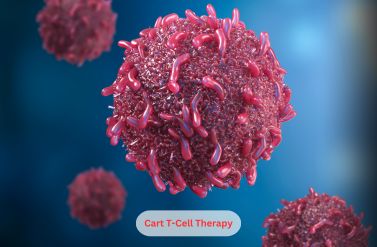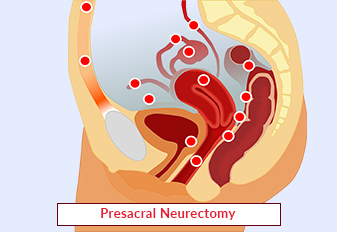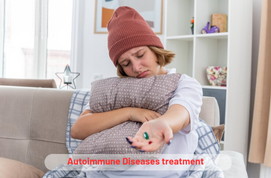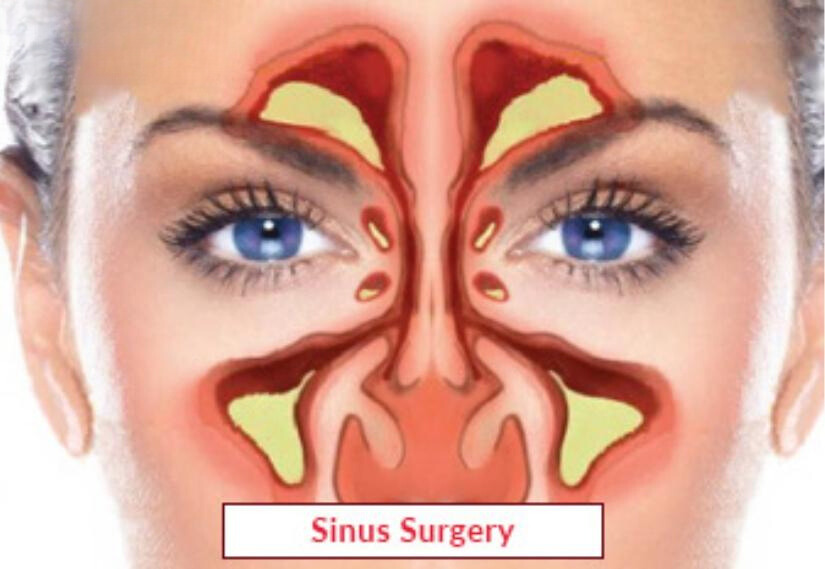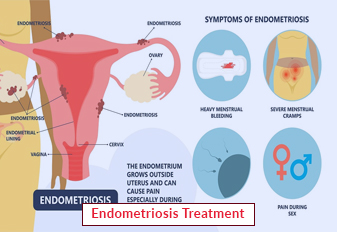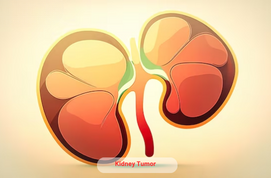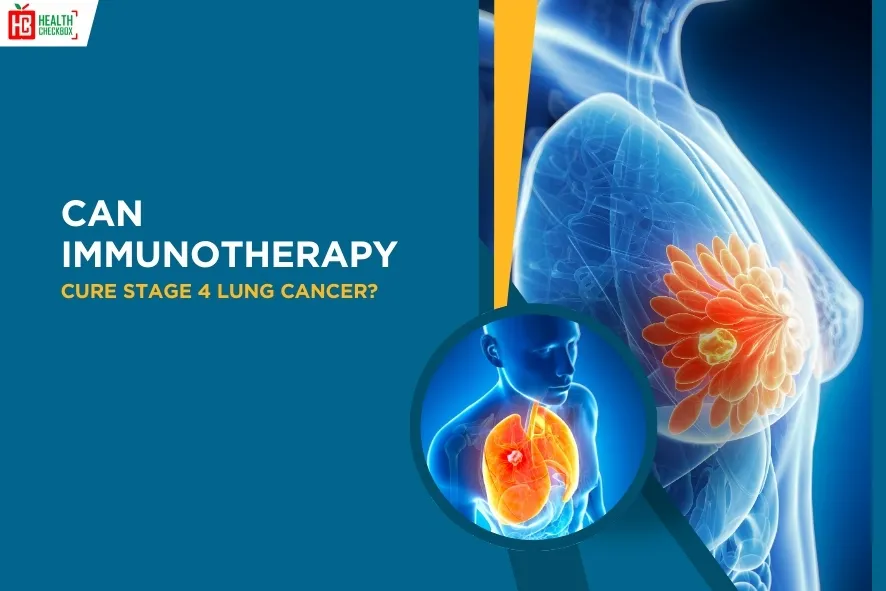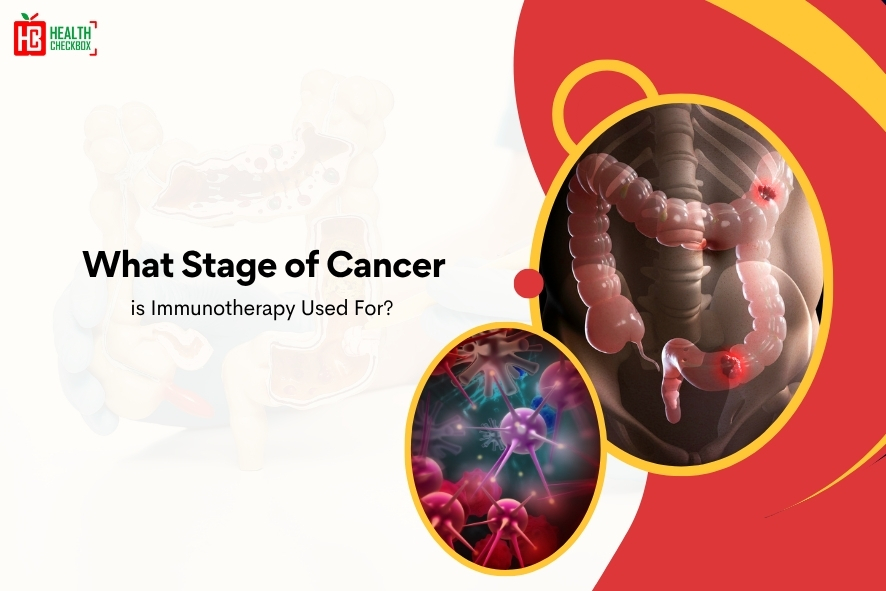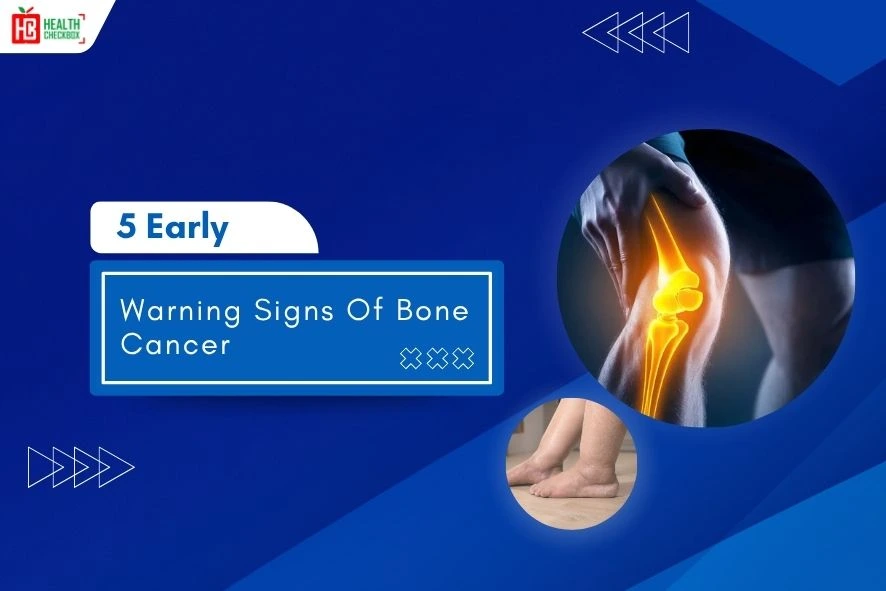Thalassemia is a family blood disorder. The body is not able to create hemoglobin and healthy red blood cells (RBCs) in this illness. When less RBCs are produced in the body, it is termed as anemia. RBCs primarily move oxygen and carbon dioxide in the human body. Short of these cells can be a setback for the body’s need for oxygen required for various activities. A number of symptoms can be noticed in this condition. It includes weakness, dizziness, and shortness of breath or dyspnea. The options for treatment include:
- Blood transfusions
- Iron chelation therapy
Types of Thalassemia
- Alpha Thalassemia: When a gene related to alpha globin protein is lacking this condition results.
- Beta Thalassemia: The number of affected alpha-globin alleles matters in this condition.
Causes of Thalassemia Treatment
Genes that do not work properly dissuade the body to produce the required hemoglobin. Some of the conditions that lead to this ill-health are as below:
- Inherited: Thalassemia is a genetic condition that is inherited by offspring from their parents.
- Gene Defects: Mutations in the DNA of the cells that produce hemoglobin are the cause of thalassemia.
Symptoms of Thalassemia Surgery
The type of this condition and its severity will determine the symptoms and these include:
- Asymptomatic or Without Symptoms: If you are missing one alpha gene, you will most likely not experience any symptoms. If you lack two alpha genes or one beta gene, you may be asymptomatic. You may also experience moderate anemic symptoms, such as weariness.
- Moderate Symptoms: Beta thalassemia intermedia can induce minor anemic symptoms. Also, the following symptoms are associated with more significant disease, and these include:
- Growth issues
- Puberty can be delayed
- Bone defects that can include osteoporosis
- An enlarged spleen
- You may eventually require surgery to fix skeletal issues. If your spleen becomes too large, your healthcare physician may have to remove it.
- Severe Symptoms: Symptoms of severe anemia include those found in mild to moderate illness. Additional symptoms could include:
- A diet that is poor
- Pale or yellow skin
- A dark colored urine
- Face with an irregular bone structure.
Diagnosis & Tests
Your healthcare may recommend you different blood tests that include:
- A complete Blood Count (CBC): It is a test that evaluates hemoglobin levels and the condition of red blood cells. People with this ill-health have fewer healthy red blood cells and hemoglobin than average.
- Reticulocyte Count:
- It is a measure of young red blood cells and it could mean that your bone marrow isn’t creating enough red blood cells.
- Iron studies will determine if your anemia is caused by an iron deficiency or this ill-health.
- Hemoglobin electrophoresis is used to detect beta thalassemia.
- The genetic test will analyze the changes in genes. It is used to diagnose alpha thalassemia.
Treatment Options
The different treatment options for thalassemia patients are given below:
- Blood Transfusion: During this process, healthy red blood cells and hemoglobin are injected into a vein. It returns the body to normal working levels of hemoglobin and RBC. Type and complexity of the condition determine the frequency of transfusions. Transfusions are given every four months for people with moderate or severe conditions.
- Iron Chelation: In this medical procedure excess iron is removed from your body. Iron overload is a risk connected with blood transfusions. An excess of iron can harm organs. Iron chelation therapy can be taken as a pill is given to patients who receive frequent transfusions.
- Folic Acid Supplements: These supplements can aid in the production of healthy blood cells.
- Stem Cell Transplant: During the process your doctor will inject bone marrow stem cells from your donor into your circulation. Mostly this bone marrow is sourced from a willing relative that is matched. Within a month, the transplanted cells will begin to produce new healthy blood cells.
Prevention Tips
As this condition is an inherited type, this makes it difficult to prevent it. Many ways to decrease the possibility of women conceiving a child include:
- Genetic Counseling: A genetic counselor can evaluate the risk of spreading this ill-health to the newborn. They can also discuss alternatives for family planning.
- Carrier Screening:
- This test can identify individuals who carry the thalassemia genes.
- It can assist in identifying couples who are at risk of having a child with this condition.
- Prenatal Diagnosis:
- This test can find out the presence of thalassemia in a womb.
- Procedures include amniocentesis and chorionic villus sampling.
- Tips That Will Ensure a Healthy Living: Adhering to your treatment plan and practicing good lifestyle choices will make you live longer with this condition. Below are some tips that can be followed.
- Avoid Using too Much Iron: Avoid the vitamins or supplements that are rich in iron or its derivatives. If you are hell-bent on taking it, ask your doctor before doing so.
- Stick to a Nutritious Diet:
- Healthy eating can make you feel better. It will give you more energy. And help your body produce new red blood cells.
- Take adequate calcium and vitamin D so that your bones retain strength in the long run.
- Ask your doctor the suitable dosages that are appropriate for you. Also if you require a supplement.
- Obviate Infections: Wash your hands often and try not to confront sick people.
Latest Health Tips
Can Immunotherapy Cure Stage 4 Lung Cancer?
Early Signs of Cervical Cancer
Foods that Kill Cancer: Leafy Vegetables, Grains, & More
What Stage of Cancer is Immunotherapy Used For?
Which is Worse for Cancer, Sugar or Alcohol?
Vaccines That Prevent Cancer
What Kills Cancer Cells in the Body Naturally?
5 Early Warning Signs of Bone Cancer
Submit Your Enquiry
Testimonials
